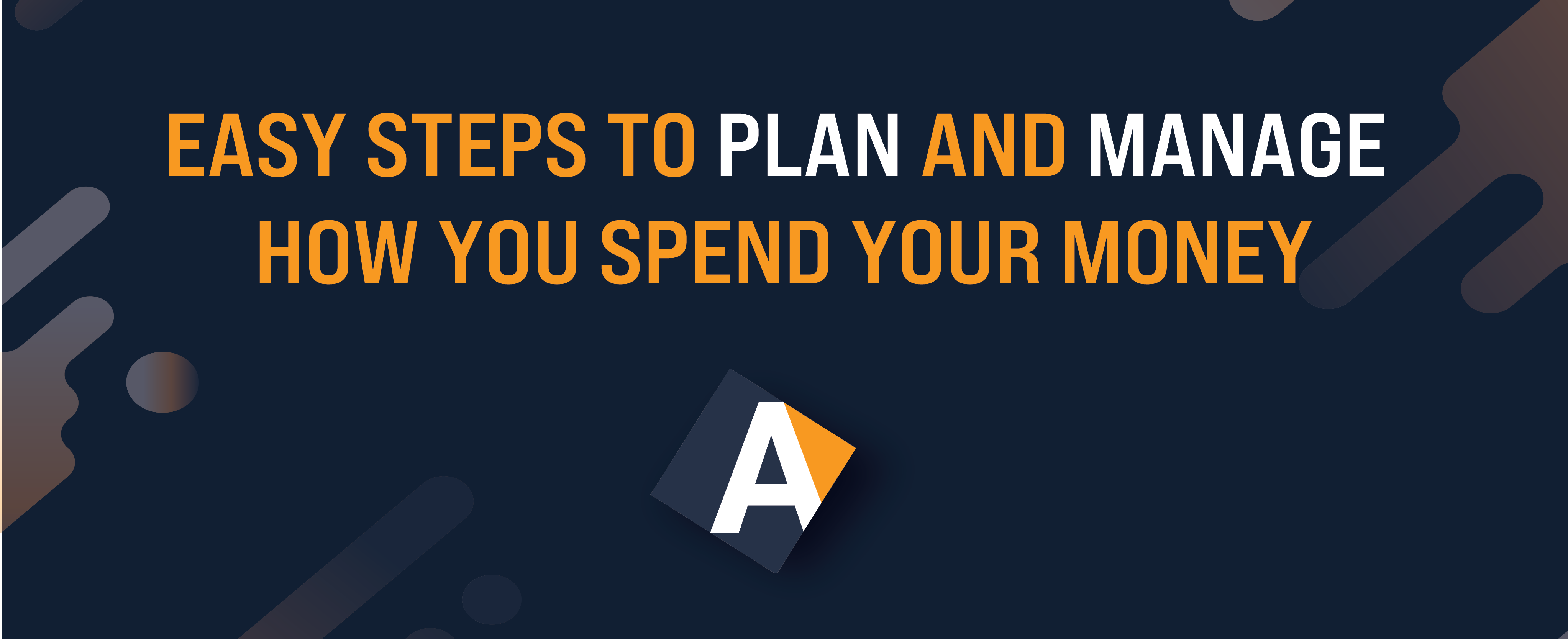Having a budget helps you to feel in control of your money. You can put aside money for big bills when they arrive, and plan savings to achieve your money goals. You don’t need an accountant or special software to set up your own budget. Start by looking at where you are right now and where you want to be. Think about what deductions you can claim to help boost your business' tax return. There are some potential tax deductions to keep in mind that you may be able to claim at tax time.
SET YOUR MONEY GOALS
First, work out why you want to do a budget. This can help you to decide where you want your money to go.
Ask yourself: what is my goal? It could be to stay on top of bills, save for emergencies, pay for your children's education, or save for a holiday or a house deposit.
SEE WHERE YOUR MONEY GOES
Having a clear picture of your regular expenses and spending habits will help you set up your budget.
To do this, track your spending over a week, a fortnight or a month. See track your spending on practical ways to do this.
HOW TO SET UP YOUR BUDGET
Use how often you get paid as the timeframe for your budget. For example, if you get paid weekly, set up a weekly budget.
Then follow these steps to set up each section.
1. Record your income
Record how much money is coming in and when. If you don't have a regular amount of income, work out an average amount.
Make a list of all money coming in, including:
- how much
- where from
- how often (weekly, fortnightly, monthly or yearly)
This money could be from your wages, pension, government benefit or payment, or income from investments.
2. Add up your expenses
Record your regular expenses, including:
- what for
- how much
- when
Regular expenses are your 'needs' — the essential items you need to pay for to live. These include:
Fixed expenses, for example:
- rent or mortgage payments
- electricity, gas and phone bills
- council rates
- household expenses, like food and groceries
- medical costs and insurance
- transport costs, like car registration and public transport
- family costs, like baby products, child care, school fees and sporting activities
Debt expenses, for example:
- personal loan repayments
- credit card payments
- mortgage repayments
Unexpected expenses, for example:
- car repairs and services
- medical bills
- extra school costs
- pet costs
To make sure you've recorded all your expenses, look at your bills or bank statements. If you track your spending, use your list of transactions.
3. See if you can save
Having some savings can help create a safety net for unexpected expenses. Set a savings goal and work out how much you can save each payday.
4. Set your spending limit
The money you have left after expenses and savings is your spending money. This money is for 'wants', such as entertainment, eating out and hobbies.
Make a plan for what you want to do with your spending money. This will help you to keep within your limit. Keep track of your spending so you always know how much you’ve got left.
REVIEW YOUR BUDGET REGULARLY
It's important to adjust your budget as things change. For example, if you find you can't cover all your expenses, savings and spending, you may have to reduce your spending limit, or change your savings goal.
---
If you have difficulty with tax accounting, you can contact Allan & Co, we will help you out.
Email: This email address is being protected from spambots. You need JavaScript enabled to view it.
Phone: (02) 9709 5070



